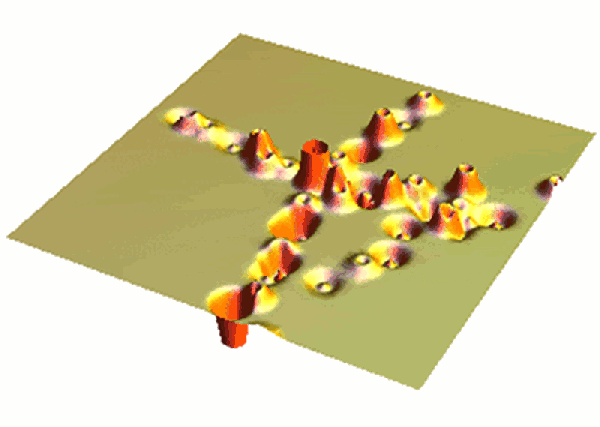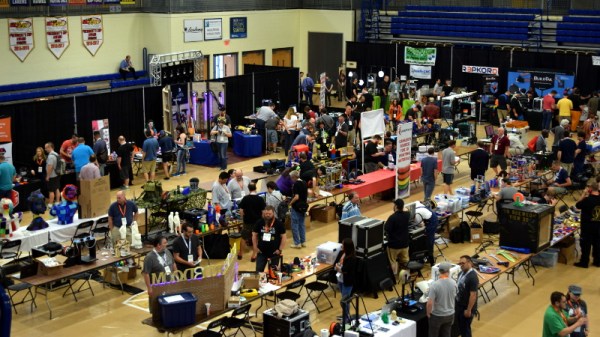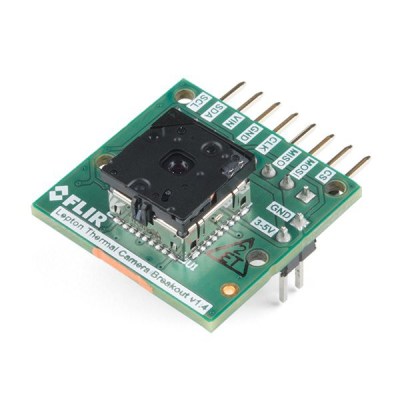Most Hackaday readers are likely to be familiar with the infinity mirror, a piece of home decor so awesome that Spock still has one up on the wall in 2285. The idea is simple: two parallel mirrors bounce and image back and forth, which creates a duplicate reflection that seems to recede away into infinity. A digital version of this effect can be observed if you point a webcam at the screen that’s displaying the camera’s output. The image will appear to go on forever, and the trick provided untold minutes of fun during that period in the late 1990’s where it seemed everyone had a softball-shaped camera perched on their CRT monitors.

While you might think you’ve already seen every possible variation of this classic visual trick, [Matt Nishi-Broach] recently wrote in to tell us about an infinity mirror effect he’s created using the popular streaming platform Twitch. The public is even invited to fiddle with the visuals through a set of commands that can be used in the chat window.
It works about how you’d expect: the stream is captured, manipulated through various filters, and then rebroadcast through Twitch. This leads to all sorts of weird visual effects, but in general gives the impression that everything is radiating from a central point in the distance.
While [Matt] acknowledges that there are probably not a lot of other people looking to setup their own Twitch feedback loops, he’s still made his Python code available for anyone who might be interested. There’s a special place in Hacker Valhalla for those who release niche software like this as open source. They’re the real MVPs.
If you’d like to get started on your infinite journey with something a bit more physical, we’ve covered traditional infinity mirror builds ranging from the simplistic to the gloriously over-engineered.













 The Flir Lepton is a tiny little thermal camera that’s been available to the Maker community for some time now, first through
The Flir Lepton is a tiny little thermal camera that’s been available to the Maker community for some time now, first through 









